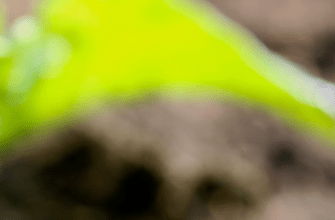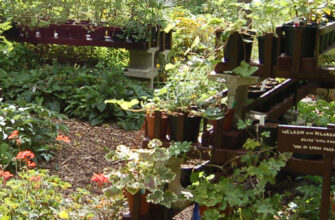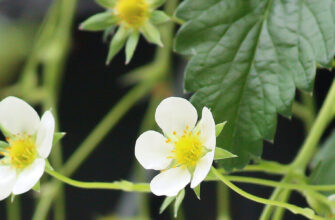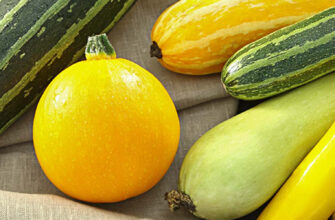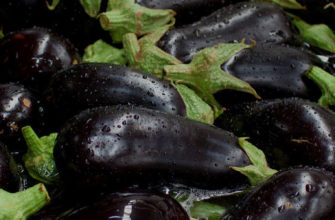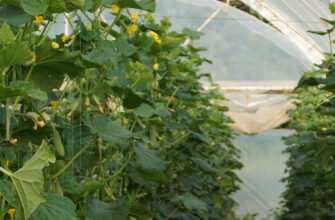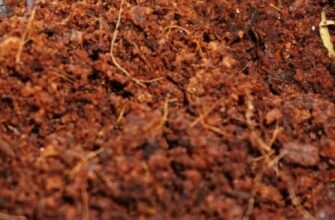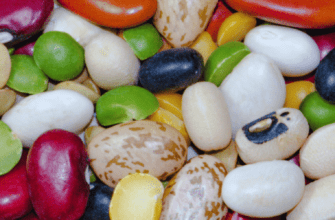Vermicomposting is an effective method of recycling food waste using earthworms, producing vermicompost, a valuable organic fertilizer for growing vegetables, fruits, herbs, and flowers. Household waste and food scraps make up nearly 30% of landfill materials, but through vermicomposting, they can be transformed into a nutrient-rich resource for organic farming.
What is Vermicompost and Its Benefits
Vermicompost (or worm compost) is the product of organic waste decomposition by earthworms and aerobic breakdown involving microorganisms at room temperature. Vermicomposting produces an organic fertilizer rich in nutrients (nitrogen, phosphorus, potassium) and beneficial microorganisms that enhance soil fertility.
Benefits of vermicomposting:
- Reduces organic waste in landfills, promoting sustainable farming.
- Produces vermicompost for growing vegetables (carrots, tomatoes), herbs (parsley, basil), and flowers (petunias, roses).
- Educational value: serves as an excellent tool for teaching children about decomposition, microbiology, and environmental responsibility.
- Versatility: vermicompost can be mixed with soil (10% by volume) or added directly to planting holes to boost yields.
In Ukraine, vermicompost is widely used in the Carpathians for growing organic vegetables and herbs, such as dill or beets, which are staples in traditional dishes like borscht.
Earthworms for Vermicompost
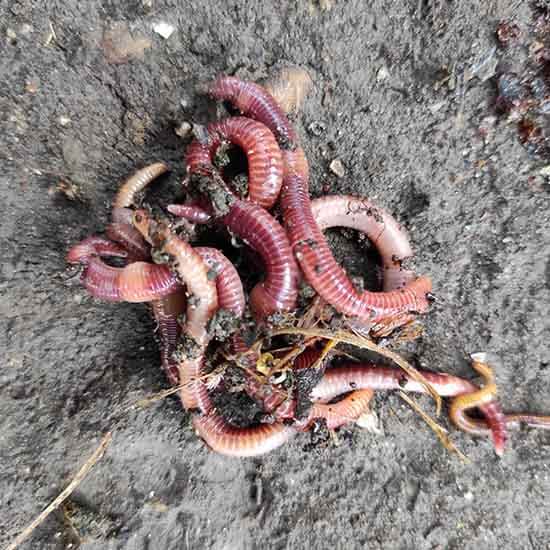
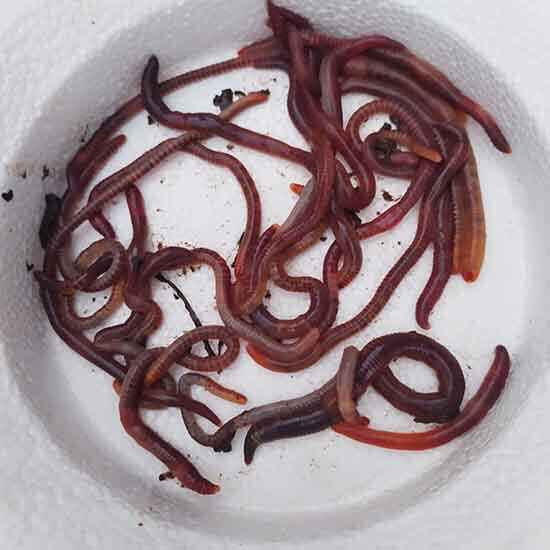
Common garden earthworms are not suitable for vermicomposting, as they do not process large amounts of waste and reproduce poorly in confined spaces. The best choice is red wigglers (Eisenia fetida or Eisenia andrei), also known as California or manure worms. These worms reproduce quickly, stay near the surface while feeding, and process up to half their body weight in food daily.
Worm characteristics:
- Worms are hermaphrodites, but reproduction requires two worms exchanging sperm. Under optimal conditions, their population can double every 2 months.
- Cocoons, the size of a matchhead, contain 1–5 baby worms that hatch in 3–4 weeks.
- Optimal conditions: temperature +12…+30°C, humidity 70–80%, and a dark environment.
Worms for vermicompost can be purchased at specialty stores or online. In Ukraine, for example, in the Lviv region, farmers actively breed California worms for vermicompost production.
Containers for Vermicomposting
Various containers are suitable for vermicomposting:
- Plastic containers: The most common choice, ranging from 30×40×30 cm for beginners to 45×60×45 cm for larger worm populations. In the EU, plastic must be safe (free of bisphenol A) and preferably recycled to meet environmental standards.
- Polystyrene containers (2–5 cm thick): Provide good insulation, but in the EU, recycled materials are recommended due to restrictions on polystyrene.
- Wooden containers: An eco-friendly alternative, but avoid cedar due to its antimicrobial properties.
Containers require ventilation: 2–3 mm holes in the bottom and two rows on the side walls. Cover the lid with natural fabric (cotton or linen) to prevent flies. Elevate the container 5–10 cm above the ground for air circulation.
How to Prepare Vermicompost
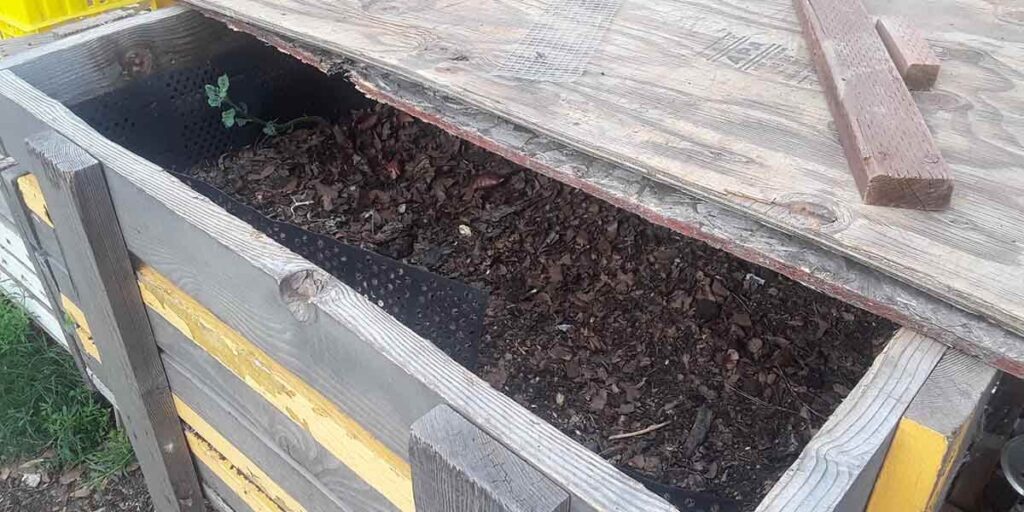
- Prepare the bedding: Fill half the container with moist shredded paper (e.g., newspapers) or cardboard. Add a handful of garden soil and sand to introduce microorganisms that aid worms in breaking down waste.
- Add worms: Start with 500–1000 worms, depending on container size, and place them on the bedding.
- Placement: Store the container in a cool, dark place (basement, pantry, or under the kitchen sink) at +15…+25°C.
- Feeding: Add food scraps (banana peels, apple cores, carrot tops, watermelon rinds) under the bedding layer. Avoid meat, dairy, oily, or fermented foods to prevent odors and pests. Feed every 1–2 weeks in small portions, placing food in different areas of the container.
- Moisture control: Maintain 70–80% humidity (like a wrung-out sponge). Add dry paper if too wet, or mist with a spray bottle if too dry.
Harvesting Vermicompost
To harvest vermicompost, use the “dump and sort” method:
- Spread the container’s contents on a tarp in a well-lit area.
- Separate undigested waste from the dark, almost black vermicompost.
- Form conical piles: worms will migrate to the center to avoid light.
- Collect the vermicompost, and return the worms to the container for further composting.
Use vermicompost as fertilizer: mix with soil (10% by volume) or add to planting holes for vegetables, herbs, or flowers.
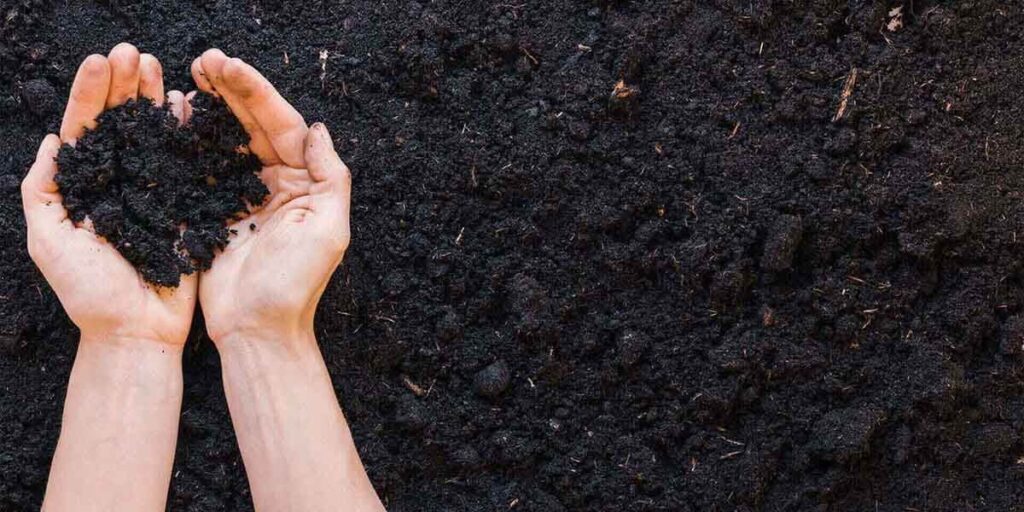
Care and Troubleshooting
- Moisture: Excess moisture causes anaerobic decomposition and odors, while dryness slows worm growth. Adjust with shredded paper.
- Flies and pests: Uncovered food attracts fruit flies. Use traps with 1 tablespoon of apple cider vinegar in a container with a conical lid.
- Odors: Avoid overfeeding and adding meat or dairy. If odors occur, add dry paper and reduce food waste.
Cultural Context
Vermicomposting is popular worldwide:
- Ukraine: In the Carpathians and Polissia, vermicompost is used for growing organic vegetables (carrots, beets) and herbs (parsley, dill), which are key ingredients in borscht or salads. In the Lviv region, farmers use vermicompost to boost strawberry and raspberry yields.
- Eastern Europe: In Poland, Hungary, and Romania, vermicomposting is growing in eco-farms for producing organic vegetables and greens.
- USA and Europe: Vermicompost is popular among urban gardeners for growing herbs (basil, mint) and flowers (petunias, roses) in containers.
Using vermicompost: Add vermicompost to soil for tomatoes, cucumbers, or peppers to enhance flavor and yield. For example, 1 kg of vermicompost per 10 kg of soil significantly improves vegetable quality.
Interesting Facts
- Vermicompost contains up to 10 times more beneficial microorganisms than regular compost, making it ideal for organic farming.
- Earthworms can process up to half their body weight in food daily, making them efficient “recyclers” of food waste.
- Worm populations double every 2 months under optimal conditions, with cocoons containing up to 5 baby worms.
- In pre-Columbian America, earthworms were used to improve soils for agriculture.
- In the Carpathians, vermicompost is used for growing medicinal herbs like mint or chamomile, used in teas.
If you have found a spelling error, please, notify us by selecting that text and pressing Ctrl+Enter.

